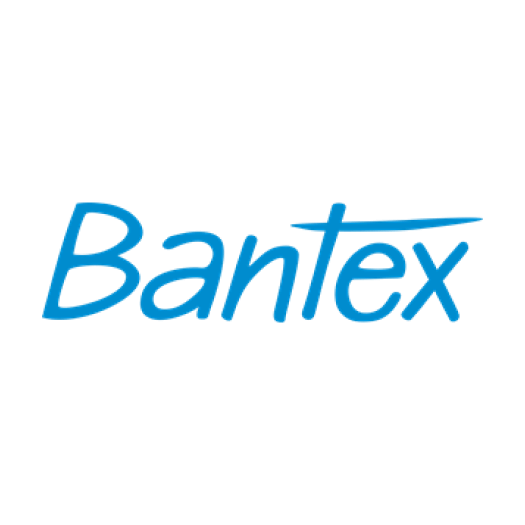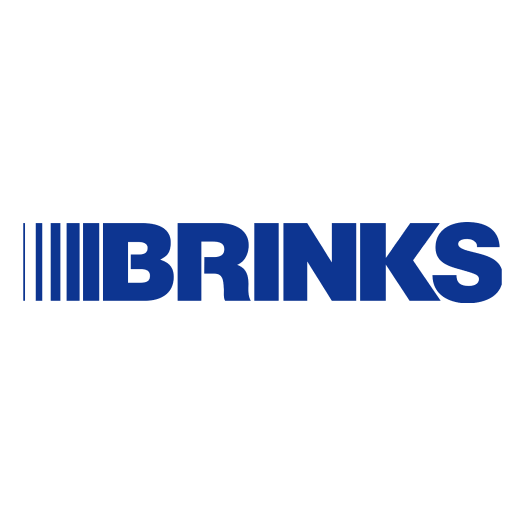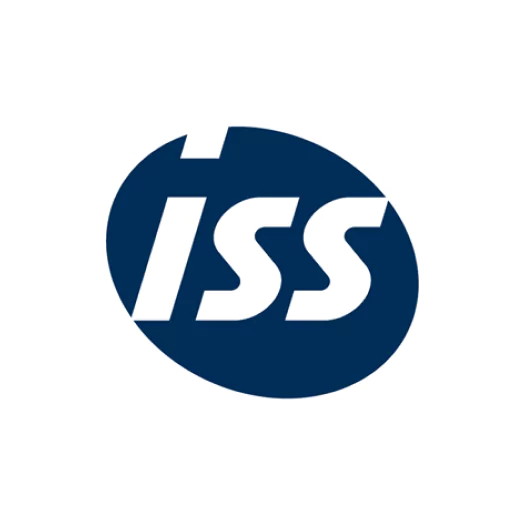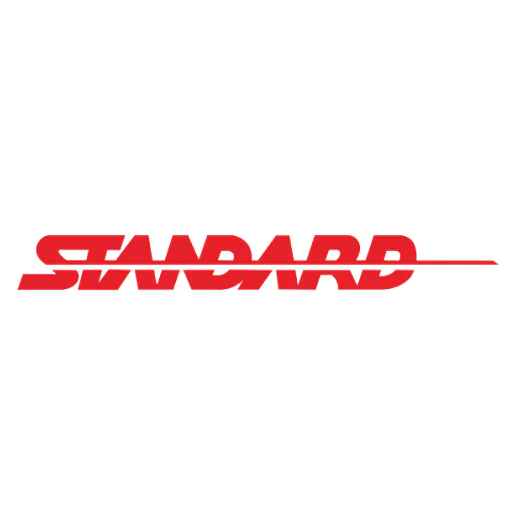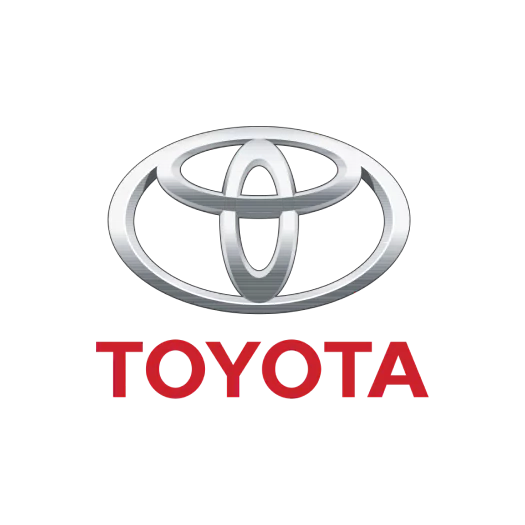Revenue recognition software helps businesses accurately record revenue according to accounting standards like MFRS and IFRS. It automates processes such as tracking contracts, allocating transaction prices, and recognizing revenue upon fulfillment.
What happens if revenue recognition isn’t handled properly? Mismanagement can lead to inaccurate financial statements, cash flow issues, regulatory penalties, loss of investor trust, and budgeting challenges. Therefore, accurate revenue reporting is critical for business.
This article highlights the top 12 revenue recognition software in Malaysia. It provides insights into their features, benefits, and suitability, helping businesses choose the best solution to ensure compliance, improve accuracy, and streamline financial operations.
Key Takeaways
|
Table of Content
Content Lists
Understanding Revenue Recognition Software
Accurate revenue reporting is essential for compliance with MFRS standards in Malaysia. Misreporting can result in financial penalties, audits, and loss of credibility with investors, making reliable software vital for businesses to thrive.
Automation reduces manual data entry, minimizing errors and saving time. It helps businesses meet evolving regulatory requirements while enabling staff to focus on strategic initiatives. This enhances financial operations and supports long-term growth.
Why Do Businesses Need Revenue Recognition Software?

Why should businesses invest in revenue recognition software in today’s competitive landscape?
Accurate revenue reporting is critical for financial health and stakeholder confidence. Without effective solutions, companies risk misreporting their earnings, which can lead to severe repercussions.
Revenue recognition platforms are vital for meeting regulatory requirements. They help businesses adhere to evolving standards, reducing the likelihood of audits and penalties.
Moreover, robust revenue recognition solutions, including accounting system software, can enhance operational efficiency. Automating processes allows teams to focus on strategic initiatives rather than manual data entry, ultimately driving growth.
How Software for Revenue Recognition Works?
To understand how revenue recognition software functions, consider the following key points:
1. Integration with financial systems
Revenue recognition software is designed to work seamlessly with existing accounting and accounting systems. This integration ensures that data flows smoothly between platforms, eliminating silos and reducing the risk of discrepancies.
2. Automated revenue recognition
These software solutions automate complex revenue recognition processes. Businesses often face challenges with intricate revenue streams, especially when dealing with different pricing models, contracts, and customer agreements.
3. Compliance management
Accounting software Malaysia aligns with MFRS, providing automated compliance checks. They reduce risks of non-compliance and simplify audits by generating accurate, compliant reports.
4. Real-time reporting
One of the significant advantages of using revenue recognition software is the ability to generate real-time reports. Users can access up-to-date insights into their revenue trends, customer performance, and overall financial health at any moment.
5. Scalability
As businesses expand, their revenue recognition needs become more complex. Revenue recognition software is designed to scale alongside the organization, accommodating increasing transaction volumes and diverse revenue models.
12 Best Revenue Recognition Software in Malaysia
Below, we list the top 12 revenue recognition automation software solutions that excel in functionality, user-friendliness, and scalability, helping businesses streamline their revenue management processes.
1. HashMicro Accounting Software

HashMicro is a leading provider of cloud-based ERP solutions, specializing in revenue management and accounting. The Revenue Recognition Software is designed to help businesses automate and streamline their revenue recognition processes, ensuring compliance with accounting standards like MRFS.
The platform offers a user-friendly interface that simplifies the tracking of contracts, performance obligations, and revenue recognition schedules. With real-time reporting and analytics, businesses can gain valuable insights into their financial performance, allowing for informed decision-making.
HashMicro’s solution is particularly beneficial for companies with subscription-based models or those with multiple performance obligations. It automates the allocation of transaction prices and ensures accurate revenue recognition.
Key Features:
- Multi-level Analysis: Enables revenue analysis based on projects or branches.
- Profit & Loss vs. Budget & Forecast: Compares actual revenue with the budget and projections.
- Cash Flow Reports: Aids in monitoring cash flow related to revenue recognition.
- Financial Statement with Budget Comparison: Assists in tracking revenue against the budget.
- Budget vs. Actual: Compares expected revenue with its realization.
- Equity Movement Report: Monitors changes in equity that may relate to recognized revenue.
| Pros | Cons |
|---|---|
|
|
By choosing HashMicro’s Revenue Recognition Software, businesses can ensure compliance, enhance accuracy, and optimize their financial operations, paving the way for sustained growth and success.
2. Workday Financial Management

Workday Financial Management is a cloud-based ERP solution that provides organizations with comprehensive financial management software capabilities. It supports various functions, including accounting, revenue management, financial reporting, and expense management, all within a single platform.
The platform’s robust features include automated revenue recognition that is compliant with regulations, multidimensional reporting for better insights, and streamlined financial consolidation processes.
Workday Financial Management also offers tools for project management and expense tracking, ensuring that organizations can manage their financial operations seamlessly across multiple departments and locations.
Key Features:
- Multidimensional financial consolidation
- Expense management tools
- Project management integration
- Audit and internal controls
| Pros | Cons |
|---|---|
|
|
3. Zuora Revenue

Zuora Revenue is a leading revenue recognition and automation software designed to help businesses manage complex revenue streams efficiently.
Recently recognized as the top product in MGI Research’s Automated Revenue Management Buyer’s Guide, Zuora Revenue excels in automating revenue operations for various business models, including subscriptions, usage-based services, and hybrid offerings.
The platform provides customizable performance obligation templates, real-time reporting, and seamless integration with existing ERP systems. This flexibility enables organizations to adapt quickly to changing market demands and optimize their monetization strategies.
Key Features:
- Customizable performance obligation templates
- Real-time financial reporting
- Integration with ERP systems
- Dunning management tools
- Support for multiple revenue models
| Pros | Cons |
|---|---|
|
|
4. Sage Intacct

Sage Intacct is a cloud-based revenue recognition & distribution software designed to streamline financial management and accounting processes for businesses of various sizes.
It is recognized as the only AICPA-preferred financial management software and provides advanced functionalities such as automated revenue recognition, multi-entity management, and real-time reporting.
The platform’s modular structure allows businesses to customize their financial systems according to specific needs, integrating seamlessly with other applications like Salesforce.
Key Features:
- Real-time dashboards and reporting
- Multi-entity and multi-currency support
- Integration with third-party applications
- Advanced project accounting capabilities
- Customizable workflows and approval processes
| Pros | Cons |
|---|---|
|
|
5. NetSuite

NetSuite is a comprehensive cloud-based ERP platform that offers robust financial management capabilities, including advanced revenue recognition features. Its Revenue Recognition module automates the process of recognizing revenue in compliance with accounting standards.
The NetSuite Revenue Recognition feature allows users to define specific recognition rules for various products and services and link them to customer contracts.
Key Features:
- Automated revenue scheduling and allocation
- Configurable revenue recognition rules
- Multi-performance obligation support
- Integration with other NetSuite modules
- Deferred revenue management
| Pros | Cons |
|---|---|
|
|
6. SAP Revenue Accounting and Reporting (RAR)

SAP Revenue Accounting and Reporting (RAR) is a specialized solution designed to help organizations comply with complex revenue recognition standards. It automates the revenue recognition process, ensuring accuracy and compliance while enabling businesses to manage their revenue streams effectively.
SAP accounting software supports a comprehensive five-step revenue recognition model that includes identifying contracts, determining transaction prices, allocating prices to performance obligations, and recognizing revenue upon fulfillment.
Key Features:
- Contract management capabilities
- Integration with SAP ERP/S/4HANA
- Allocation of transaction prices
- Compliance with accounting standards
| Pros | Cons |
|---|---|
|
|
7. Maxio

Maxio is a comprehensive SaaS software revenue recognition. The software automates complex subscription billing processes and provides essential revenue recognition and forecasting tools, ensuring compliance with accounting standards.
The platform supports various subscription models, including usage-based pricing and multi-plan offerings, making it flexible for diverse business needs. Maxio aims to streamline the entire order-to-cash process.
Key Features:
- Automated Revenue Recognition
- Billing Automation
- Financial Reporting
- Integration Capabilities
- Dunning Management
| Pros | Cons |
|---|---|
|
|
8. Chargebee

Chargebee is a powerful subscription management and recurring billing platform designed to help businesses automate their billing processes and optimize revenue growth. It supports various pricing models, including flat-fee, usage-based, and hybrid subscriptions, allowing companies to manage customer subscriptions seamlessly.
The platform also features robust analytics and reporting tools that provide insights into subscriber behavior and financial performance.
With integrations across multiple payment gateways and e-commerce platforms, Chargebee enables organizations to scale their operations efficiently while adapting to evolving market demands.
Key Features:
- Flexible pricing model support
- Comprehensive reporting and analytics
- Self-service customer portal
- Integration with various payment gateways
| Pros | Cons |
|---|---|
|
|
9. Recurly

Recurly is a robust subscription management and recurring billing platform designed to help businesses automate their revenue workflows. It offers subscription lifecycle management, flexible pricing models, and comprehensive revenue recognition tools that ensure compliance with accounting standards.
The platform is mainly known for its user-friendly interface and strong integration capabilities with various payment gateways and business tools.
Key Features:
- Subscription lifecycle management
- Flexible pricing models
- Automated revenue recognition
- Churn management tools
- Integration with multiple payment gateways
| Pros | Cons |
|---|---|
|
|
10. Synder RevRec

Synder RevRec is an automated revenue recognition software designed primarily for businesses using Stripe. It simplifies the revenue recognition process by ensuring compliance with accounting standards.
The platform automatically detects subscription changes and integrates seamlessly with QuickBooks Online, allowing for accurate and timely revenue reporting. Synder RevRec’s key advantage is its user-friendly setup, which helps businesses quickly implement the software without extensive training.
However, this revenue compliance software may not be suitable for businesses that utilize multiple billing sources or require comprehensive, integrated financial reporting across various platforms.
Key Features:
- Automated revenue recognition for Stripe transactions
- Integration with QuickBooks Online
- Compliance with accounting standards
- Detection of subscription changes
| Pros | Cons |
|---|---|
|
|
11. Salesforce Sales Cloud

Salesforce is a leading customer relationship management (CRM) platform that integrates various business processes to enhance efficiency and collaboration. Its Revenue Cloud specifically focuses on automating revenue recognition, ensuring compliance with accounting standards, and providing real-time insights into financial performance.
The Revenue Recognition software within Salesforce helps organizations accurately recognize revenue from complex contracts and subscription models. Automating this process reduces the risk of human error and enhances accuracy in financial reporting, which is crucial for maintaining compliance with regulations.
Key Features:
- Automated revenue recognition
- Integration with Salesforce CRM
- Customizable revenue rules
- Real-time reporting and analytics
- Compliance with accounting standards
| Pros | Cons |
|---|---|
|
|
12. ChargeOver

ChargeOver is a cloud-based subscription management and recurring billing platform designed to streamline business financial processes.
It automates billing workflows, enabling companies to manage subscriptions efficiently while ensuring timely payments through features like dunning management and automated reminders.
The platform supports various payment methods, including credit cards and ACH, and offers customizable invoicing options. With its robust reporting tools, ChargeOver helps businesses analyze their financial performance and optimize revenue streams.
Key Features:
- Automated invoicing
- Subscription management
- Dunning management
- Customizable billing options
- Multi-currency support
| Pros | Cons |
|---|---|
|
|
Tips for Choosing the Right Software for Revenue Recognition
Choosing the proper revenue recognition software is crucial for efficient financial management. Here are detailed tips to guide your selection process:
1. Understand your needs
Start by assessing your specific revenue recognition requirements. Consider the complexity of your revenue streams, such as subscription models, contracts, or multiple performance obligations.
2. Compliance features
Ensure the software aligns with relevant accounting standards like MFRS. Look for features that automate compliance checks and generate reports that meet regulatory requirements. This will help mitigate risks associated with non-compliance.
3. Integration capabilities
Choose software that seamlessly integrates with your existing systems, such as ERP, CRM, or accounting tools. This integration is crucial for real-time data synchronization, reducing manual entry errors and providing a comprehensive view of your financial landscape.
4. User-friendly interface
Prioritize software with an intuitive interface that your team can easily navigate. A user-friendly platform reduces the learning curve and enhances productivity, allowing staff to focus on strategic tasks rather than grappling with complex software.
5. Scalability and customization options
Consider the growth potential of your business by opting for software revenue recognition that can scale alongside your operations, accommodating increasing transaction volumes and additional features as needed.
Conclusion
Mismanaged revenue recognition can lead to serious financial repercussions, making it essential for businesses to implement effective revenue recognition software. For businesses in Malaysia, HashMicro Accounting Software is a top recommendation.
The software seamlessly integrates with existing financial systems, automates revenue recognition, and provides real-time reporting, allowing companies to scale efficiently while maintaining compliance and accuracy in their financial management.
Sign up for a free demo today!
FAQs about Revenue Recognition Software
-
What is an example of revenue recognition?
A software company sells a one-year subscription for RM1,200, paid upfront. The company cannot recognize the entire RM1,200 as revenue immediately. Instead, it recognizes RM100 as revenue each month (RM1,200 ÷ 12 months) over the subscription period, as services are delivered. This ensures compliance with accounting standards like MFRS and IFRS.
-
How do you record revenue recognition?
Revenue recognition involves adjusting journal entries in your accounting records. For example, if a customer pays RM12,000 upfront for a one-year service contract, you record it as unearned revenue (liability) first. Each month, you transfer RM1,000 to earned revenue (income) as the service is delivered, ensuring compliance with accounting standards.
-
Can you recognize revenue without invoicing?
Yes, revenue can be recognized without invoicing in Malaysia, following MFRS 15 (Malaysian Financial Reporting Standards). If the performance obligation is fulfilled, such as delivering goods or completing a service, you can recognize revenue even if the invoice hasn’t been issued yet. This aligns with accrual accounting practices.










